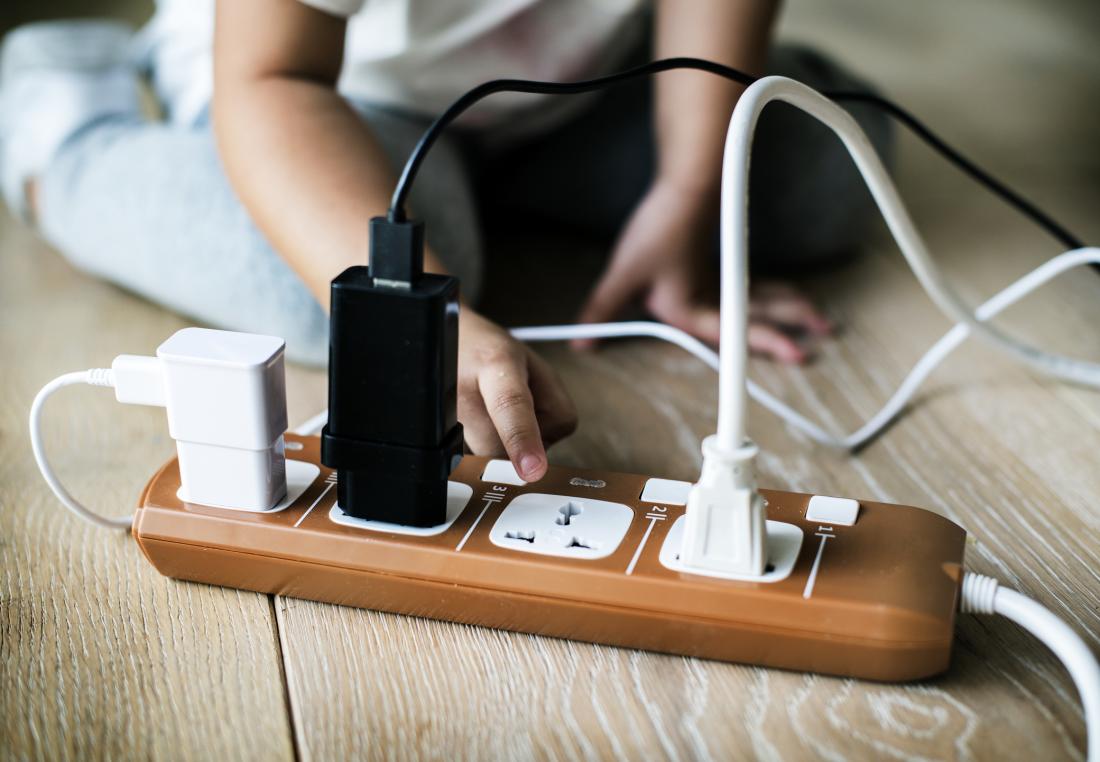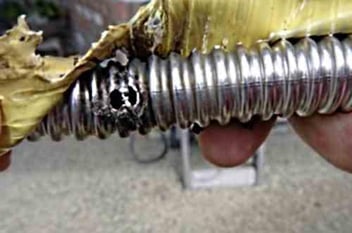You’ve seen the cartoons — a person with frazzled hair with their finger in an electrical outlet. But in reality, electrical shock isn’t a laughing matter and can cause memory loss, burns, seizures, loss of consciousness — even cardiac arrest or death.
Here are some common causes of electric shock that may be lingering in your home:
- Check your home for electrical outlets that have missing or broken cover plates and get them addressed. Outlet covers create an important barrier between people and exposed wires.
- Make sure that outlets in locations near water – such as your bathroom, kitchen, laundry room and outside in your hard– have Ground Fault Circuit Interrupters (GFCIs). These quickly shut off power in the event of a ground fault, which can help prevent electric shock.
- Turn appliances off before unplugging them. When an electrical device is plugged in and turned on, electricity is flowing from the circuit into the appliance and back onto the circuit wiring in a continuous loop. If the appliance is unplugged while it is still on, the flow of electricity can arc – this is when the electricity literally jumps across the gap from the outlet to the plug. Large appliances such as clothes dryers, ranges, air conditioners and electric heaters can create particularly dangerous arcs when disconnected or connected under load.
- Make sure outlets within children's reach have outlet plug covers to prevent electric shock. You may want to consider having tamper-resistant receptacles installed. These spring-loaded receptacles prevent the insertion of objects when unequal pressure is applied to the receptacle’s contact points.
- Never use appliances or devices with damaged or frayed electrical cords. If you have pets or small children in the house, keep all electrical cords and power strips out of reach. Electrical shock or burns could occur if chewed on or played with.
- When doing electrical work in your home, always take out the appropriate homeowner permits if you are doing it yourself so the work can be inspected by a safety officer, or hire a licensed contractor.




